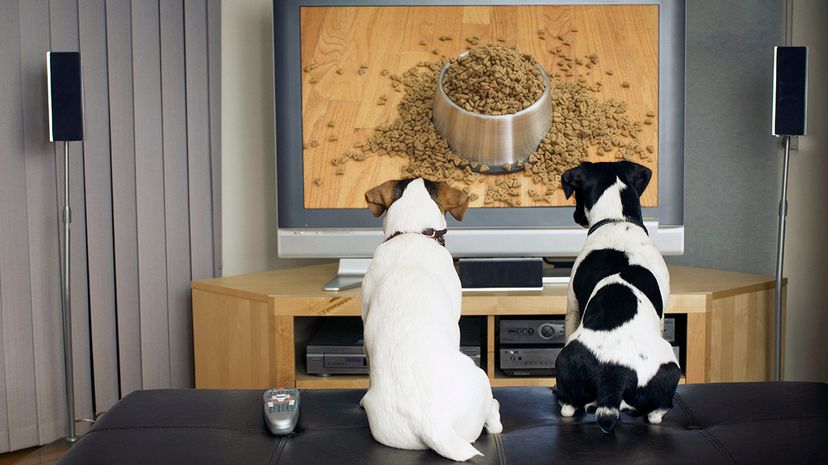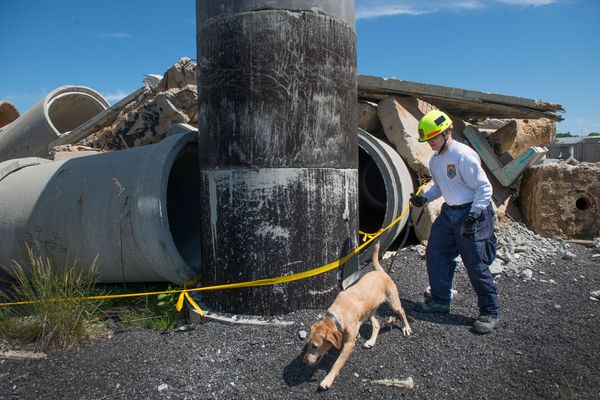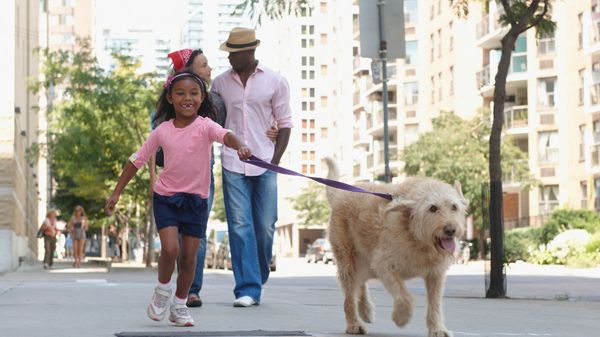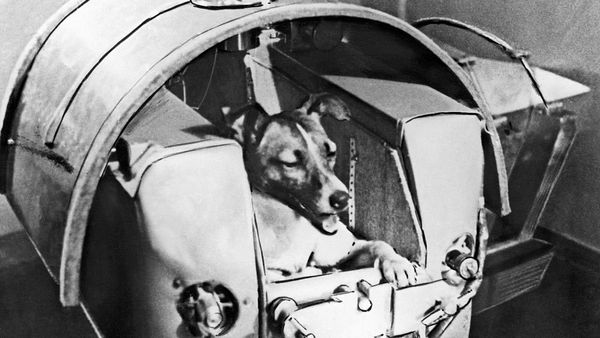All of this leads us, to what else, DOGTV, a 24-hour channel devoted to, you got it, dogs. The idea is to flip on the channel when you leave the house, not only to entertain your dog, but also to decrease their pangs of separation anxiety. It also helps them on a variety of other levels, which we'll get to shortly.
Interestingly, the idea for DOGTV began when a cat named Charlie moved from London to Israel and didn't like the change in scenery. Charlie was depressed and anxious once he and his best bud, Ron Levi, made the move. Charlie had a cattitude leaving Levi at his wit's end every time he left for work. "He gave me the saddest eyes," Levi says. "I was like, 'this is not OK.' I had to do something."
Levi, who helped create the hit TV show "The Amazing Race," tried to soothe Charlie with jazz and Nirvana. Nothing worked. Then he downloaded videos of fish and birds. "I put it on for him. He reacted amazingly. I was shocked." The seeds for DOGTV were now firmly planted in Levi's mind. "I thought this could be something," Levi says.
Levi shopped the idea around and found financial backers. He then did his homework. While you might think that DOGTV, which now airs in 14 countries, is nothing more than a gimmick, be forewarned. It's not. For three years, Levi pored through dozens of research papers to understand how dogs perceive the world. How do they see? How do they hear? What stimulates their memory? How long is their attention span? What types of sounds scare dogs? What relaxes them?
Levi took what he learned, and with help from experts in dog behavior, created content that relaxed dogs; stimulated them; and helped dogs overcome things that made them nervous. DOGTV is all about stimulation, relaxation and exposure. Relaxation programs include visuals of breathtaking landscapes infused with classical music. Exposure programming gently exposes dogs to everyday sounds and visuals, so they can overcome their anxieties.Levi installed cameras in test homes to monitor the reactions of the dogs during the day and how they responded to what was on DOGTV and compared them to how they reacted to other networks like Animal Planet and CNN.
In 2012, DOGTV made its debut as a test run on Cox Cable and Time Warner Cable in San Diego. The channel was a hit. A year later, DOGTV went national. Your dogs can watch the channel on DirectTV, Infinity and other broadcast venues such as Roku, Apple TV and Amazon FireTV. The channel consists of hundreds of programs designed to capture the minuscule attention span of dogs. Because sound is an extremely important sense for dogs, DOGTV includes sound frequencies and music dogs like. DOGTV even adapts colors on the screen to capture the animal's attention.
"We're creating content all the time," Levi says. "We're not expecting dogs to watch TV all day, we're trying to make dogs happy. We're not HBO yet, but we're hoping to be HBO for dogs, or Netflix."
Too bad Bailey isn't around to watch.



